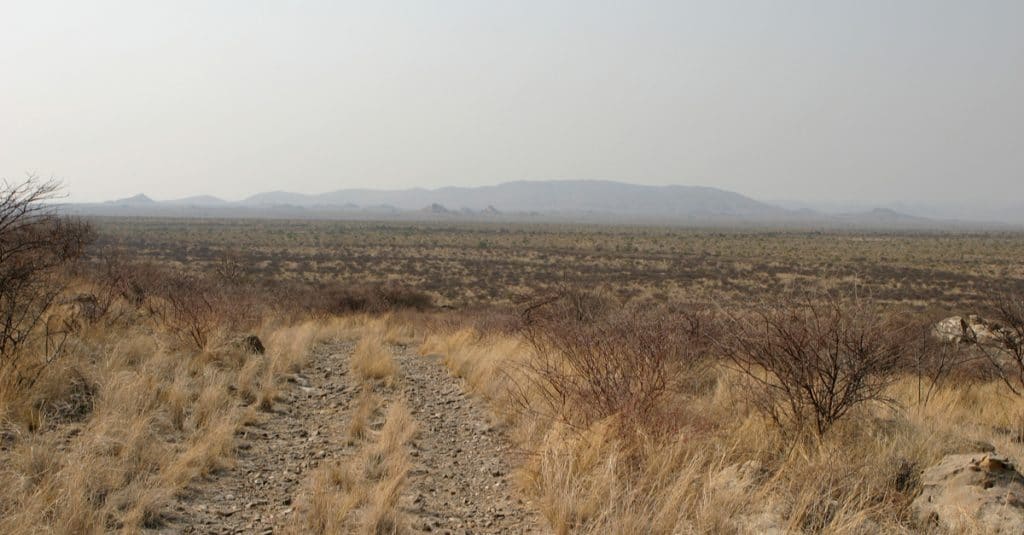Land and forest degradation is one of the most pressing environmental challenges in Africa. What can be defined as the loss of land quality and its usefulness for human and ecosystem survival affects nearly 46% of the African continent’s land area, according to the results of a study published in 2013 by researchers, Edwige Botoni and Sébastien Subsol. To halt and reverse land degradation in the drylands of Africa, a programme is targeting nine countries on the continent with desert territories. In the Southern Africa region, these are Angola, Botswana, Malawi, Mozambique, Namibia and Zimbabwe. In West Africa, the programme covers Burkina Faso, and in East Africa, Kenya and Tanzania. The programme also covers two Central Asian countries, Kazakhstan and Mongolia.
In these 11 countries, a total of 12 million hectares of dryland will be sustainably managed over the next 5 years, of which 1.1 million hectares will be reserved for biodiversity and 10,000 hectares for high conservation value forests. The programme will also reach more than one million direct beneficiaries, improve the management effectiveness of 1.6 million hectares of protected areas, restore nearly one million hectares of degraded land in drylands and reduce 34.6 million tonnes of greenhouse gas emissions.
Read also:
A GEF-funded programme
The Impact of Sustainable Forest Management on Sustainable Dryland Landscapes Programme was launched at the Global Landscape Forum (GLF) held virtually from 2-3 June 2021. The programme is funded by the Global Environment Facility (GEF) with $104 million. Led by the Food and Agriculture Organization of the United Nations (FAO), the programme will be implemented by a consortium consisting of the United Nations Environment Programme (UNEP) and the World Overview of Conservation Approaches and Technologies.
“As a multifocal and integrated initiative, the programme will help countries address common challenges in dryland management and will result in numerous benefits in the areas of land degradation, biodiversity and climate change and food security,” says Maria Helena Semedo, FAO’s deputy director general. According to the latest edition of Unasylva, an international journal of forestry and forest industries published since 1947 by FAO, to date 74 countries and other entities have committed to restoring 210 million hectares of land, an area half the size of India. However, the publication points out that much more needs to be done at national, regional and global levels to meet the commitments made in the Bonn Challenge, which aims to restore 350 million hectares of degraded and deforested land by 2030, and other international commitments, including the African Forest Landscape Restoration Initiative (AFR100).
Boris Ngounou
